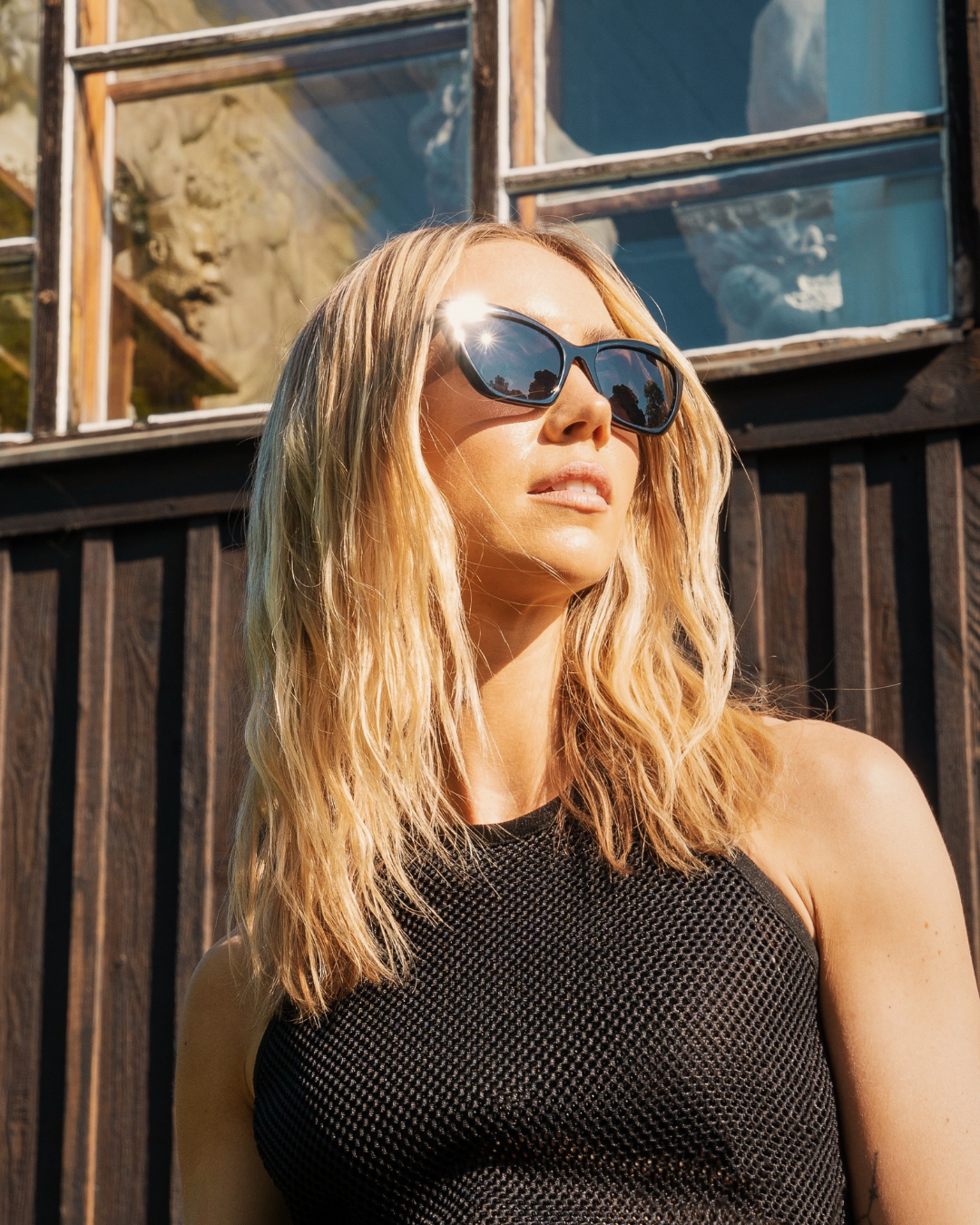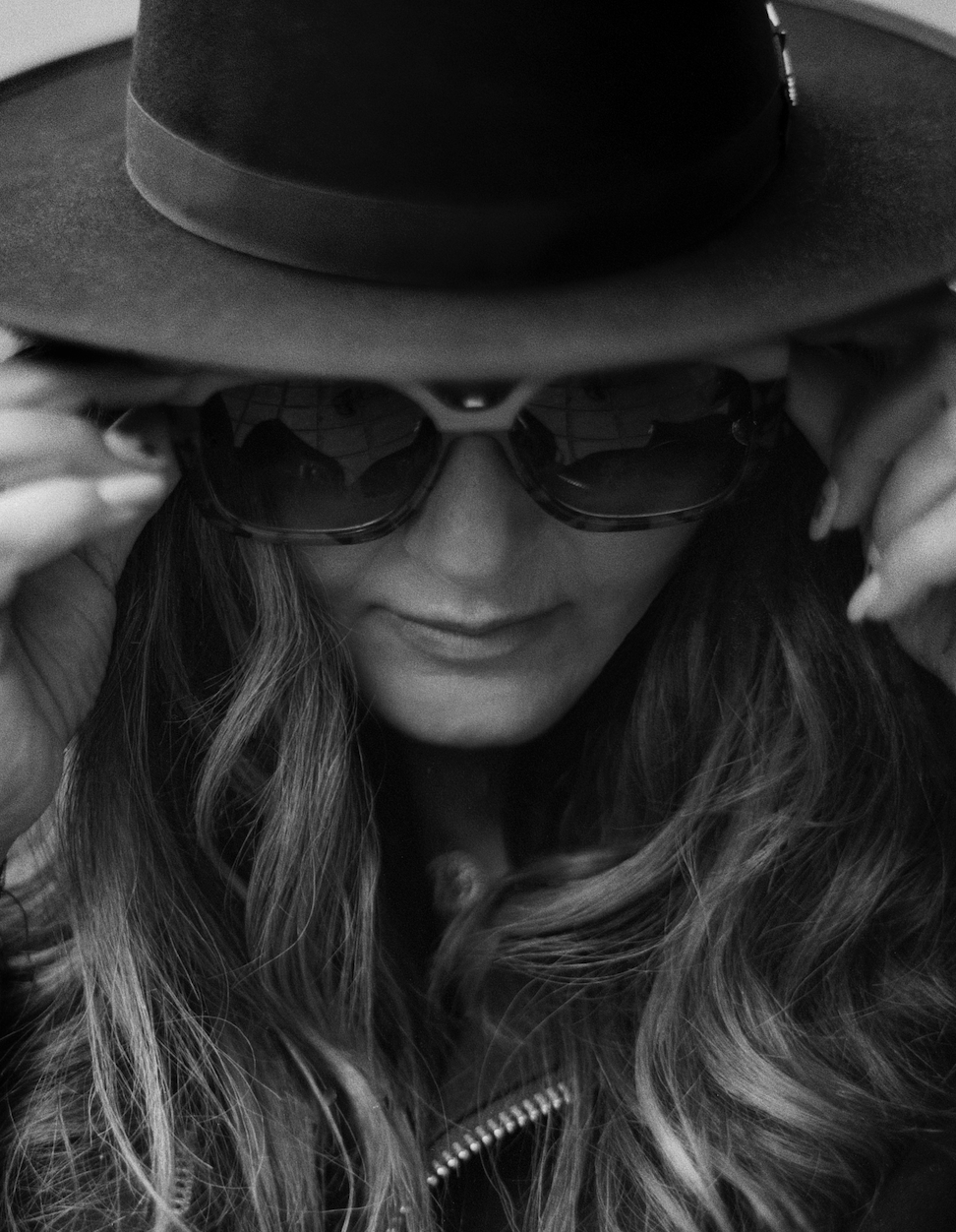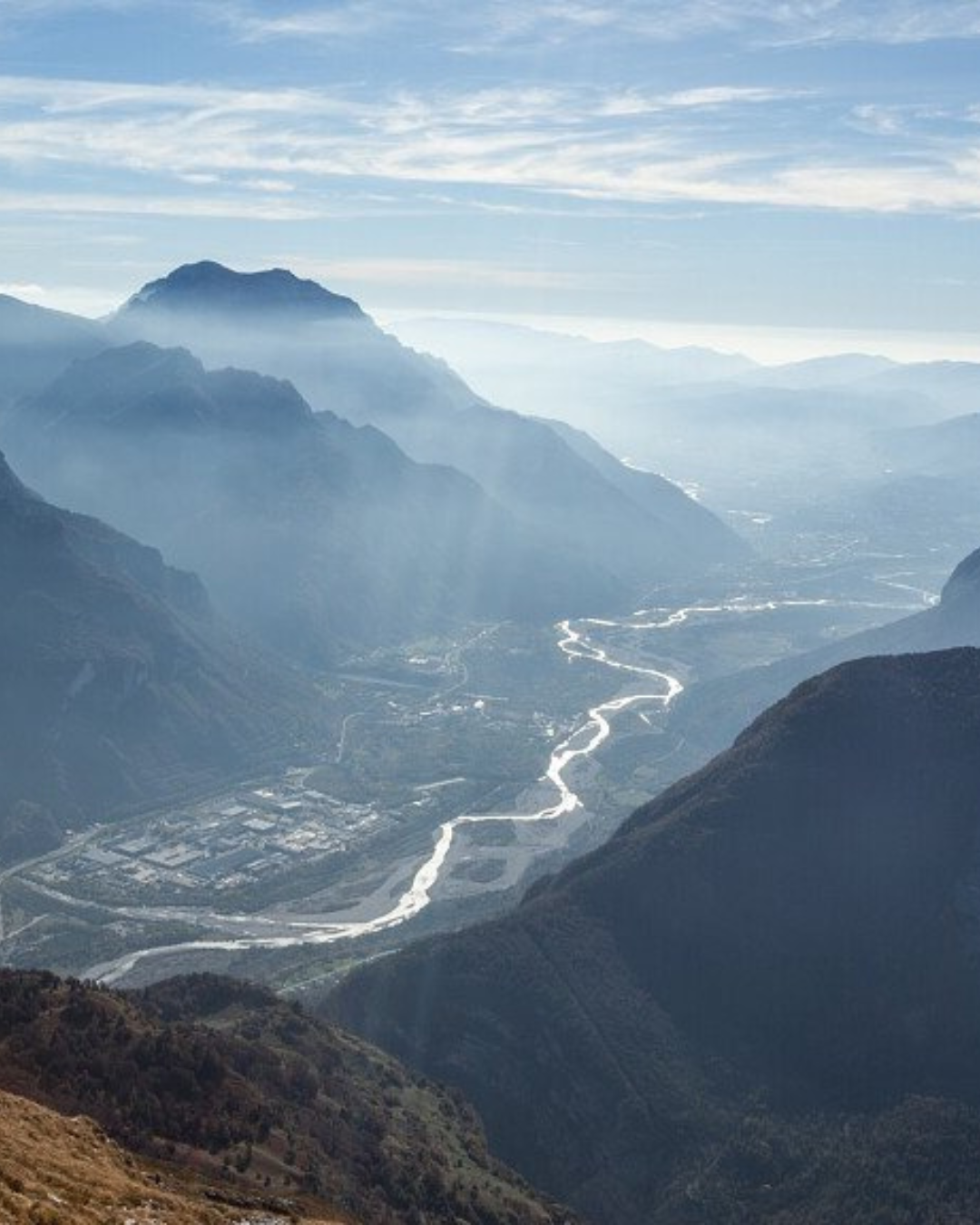In conversation with ELISA LOVATELLO
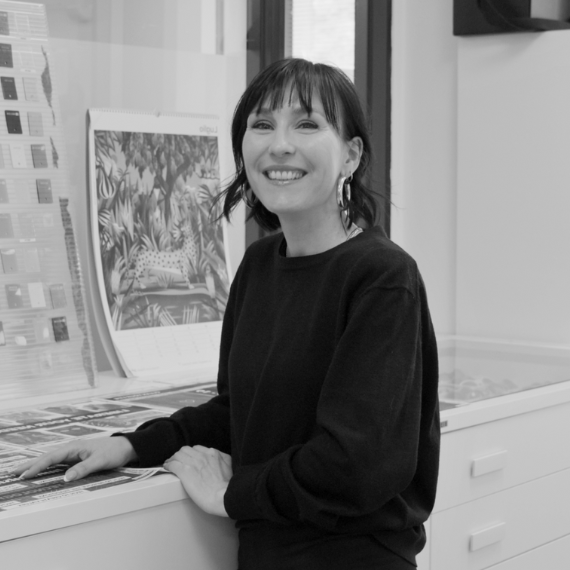
3 questions to
Back to storieswith
Elisa Lovatello
Among the many talents that a creative has, intuition is key. Like a compass, it helps to find one’s direction in the ocean of present-day style, as well as to spot its potential future developments. Elisa Lovatello is a Senior Creative Designer & Cool Hunter at Marcolin and she has made intuition her profession.
How can we define a Cool Hunter and their skills?
A Cool Hunter identifies styles having potential future developments. Research touches on a variety of industries: from food to culture, from fashion to design up to social phenomena and technology. Their education background is varied: they can be photographers, creatives – often designers and content creators, but also journalists, writers, or academic researchers. In any case, a Cool Hunter is not only a very curious and intuitive person, but someone who also has great communication skills and powers of observation with respect to a complex reality having countless influences.

What does it mean to be a Cool Hunter at a company like Marcolin?
It means to give a sound structure to a multitude of external inputs that only in the final research phase have to do with style. Being a Cool Hunter means to translate future trends, which are nothing more than preferences, ideas, needs and, first of all, attitudes and states of mind that are still in the embryonic stage and whose analysis brings together sociological and philosophical aspects of our reality. To exercise this extremely intuitive profession at a company like Marcolin, whose creative tension aims to give form to beauty and functionality, you also need to have a clear vision of what was produced in the past in a variety of fields: from the world of cinema to art, from design to books, and fashion of course. The horizon that we call “future” is often intertwined with echoes from the past.
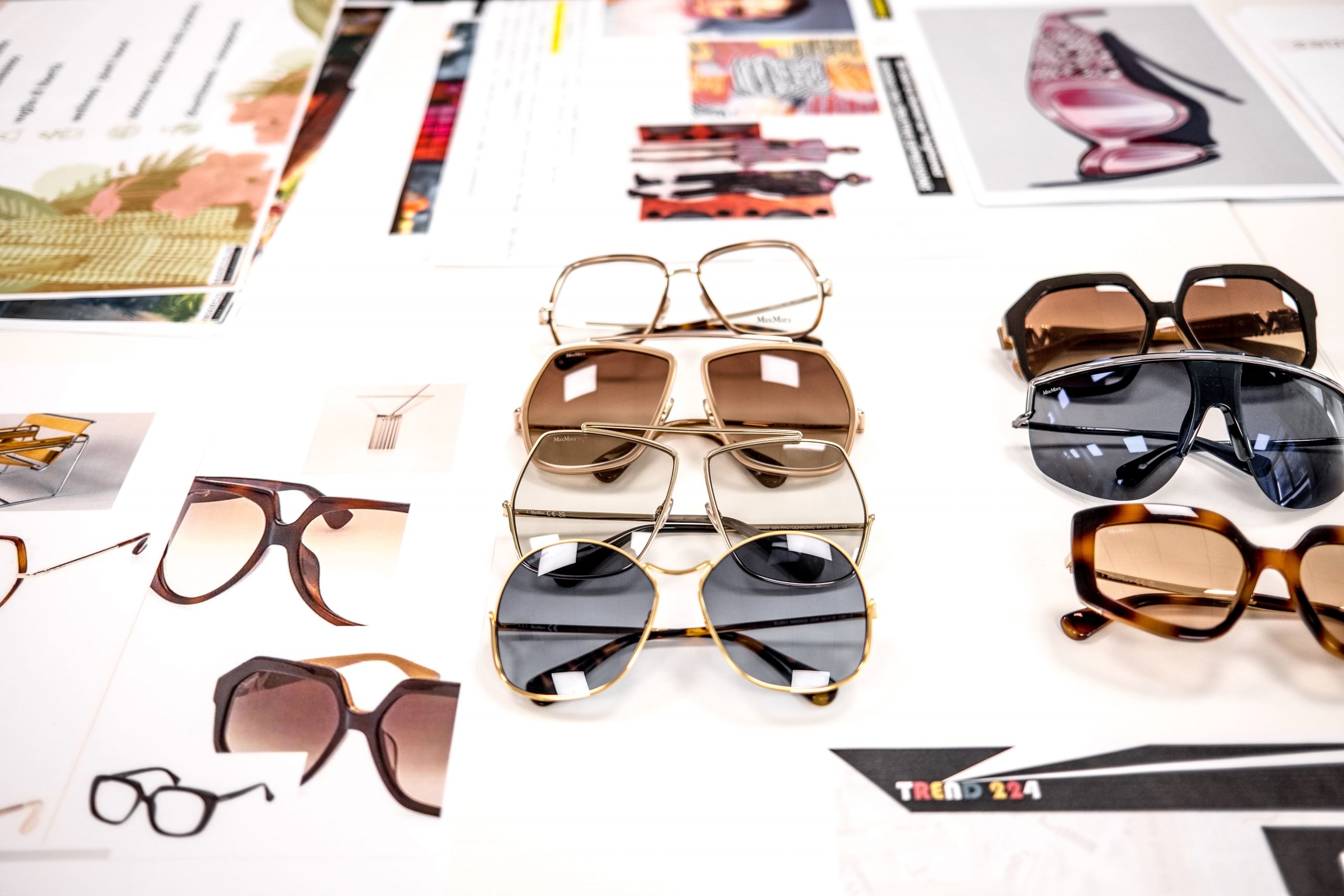
Is there any inspiration that guides your research in eyewear?
I’ve had a strong passion for Street Dance since I was a kid, a passion that goes hand in hand with my background as a musician. That is why I’ve always watched with perhaps out-of-the-ordinary interest the music video clips that, starting from the 1980s, have integrated artists’ songs. Sometimes it’s the video itself – effective from both a storytelling and an aesthetic standpoint – that turns a song into a hit. My passion for music pushed me to conduct a study on music influences in the 1900s in different sectors of our society. I had just joined the company and I wanted to refine a method that I could apply to my job as a creative at Marcolin. I conducted this analysis off the clock, by also involving my colleagues. I can say that by reworking my trend research – which resulted in the identification of three big ever-evolving and multifaceted trends often regarding emotions rather than aesthetic elements – I was able to anticipate, for example, the advent of Trap music ahead of time, or the influence, on shapes and colors, of the historical and aesthetic heritages of those brands having unique stories to tell.
